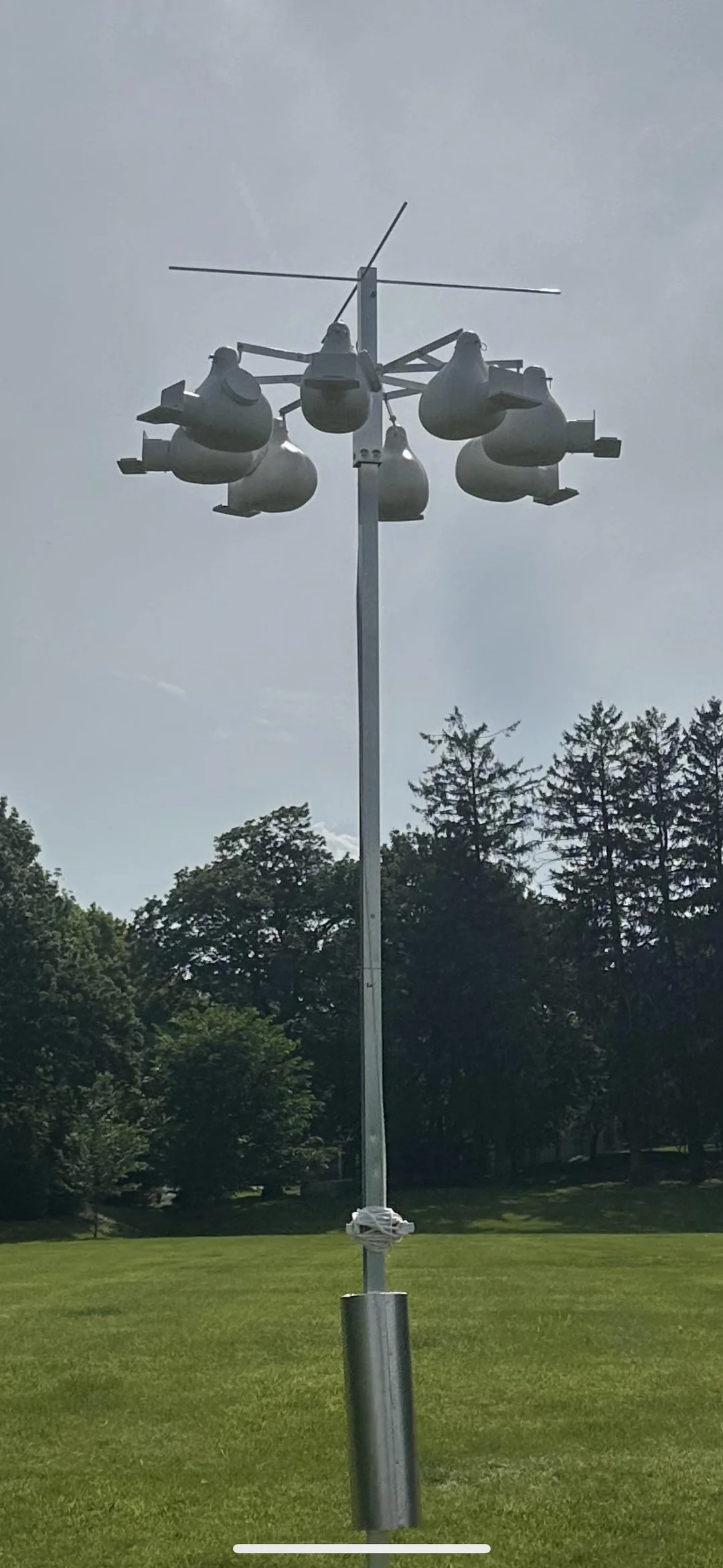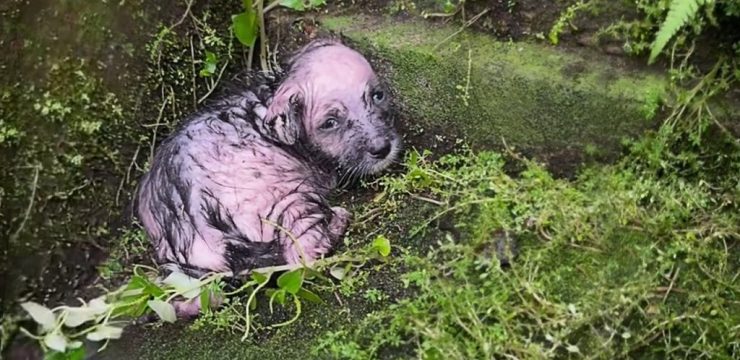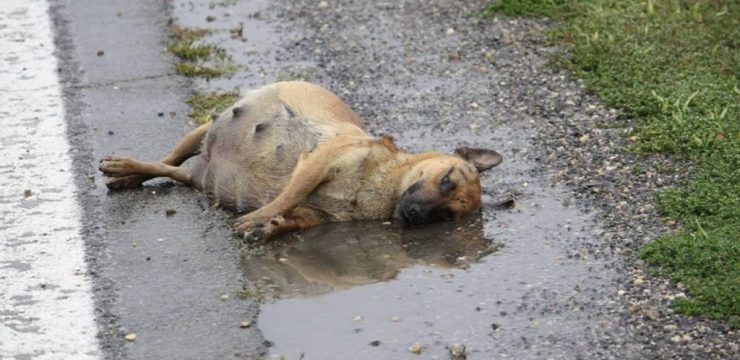If you’ve taken a stroll through your neighborhood park lately and noticed a tall metal pole with several white, bulb-shaped structures on top, you might have assumed it was part of a surveillance system or maybe some sort of weather-tracking device. Standing more than 12 feet tall and placed out in the open, these odd-looking installations definitely raise eyebrows and spark curiosity. But the real purpose behind them isn’t high-tech or intimidating—in fact, it’s one of the most heartwarming examples of human care for nature you’ll ever see.

Those unusual white pods aren’t cameras or sensors. They’re actually purple martin gourd houses, designed to provide safe, cozy nesting spots for one of North America’s most cherished migratory birds—the purple martin. These birds are the largest species of swallows on the continent and are known for their stunning, glossy blue-black feathers that seem to shimmer in the sunlight. Just as captivating as their appearance is their aerial grace. Purple martins are famous for their flight skills, swooping and diving through the air with unmatched agility as they catch flying insects midair. Watching them dart across the sky is like seeing a natural airshow unfold above you.
What makes purple martins especially remarkable is how deeply they’ve come to rely on humans for nesting. In the eastern United States, their natural nesting habitats—like tree cavities—have become harder to find due to urbanization and deforestation. As a result, they’ve adapted by choosing to nest in human-made housing. For decades, bird enthusiasts—often lovingly referred to as “martin landlords”—have stepped up to help, dedicating time, money, and care to provide shelter for these birds year after year.
The design of these gourd-shaped birdhouses has deep historical roots. Native Americans and early settlers used to hollow out real gourds and hang them from tall poles to attract purple martins to their communities. Today’s modern versions are typically made from durable plastic but still keep that classic gourd shape. It’s not just a nostalgic nod—it’s the ideal shape for the birds. These structures are specifically engineered to offer excellent ventilation, drainage, and just the right amount of space for nesting. The height of the poles helps protect against predators on the ground, and the clustered design encourages colony living, which suits the social nature of purple martins.
If you ever look closely at one of these setups in your local park, you’ll probably notice multiple gourd-like compartments grouped around the pole. Each pod acts as a separate nesting unit, allowing many bird pairs to live close together—something purple martins prefer. These groupings are often arranged in a circular formation to support their natural behavior and make it easier for the birds to spot threats while still being near their feathered neighbors.
You might be wondering why city parks would take the time to install and maintain these birdhouses. The answer lies in both ecology and community enrichment. Purple martins love wide, open spaces—places where they can see clearly in all directions and have plenty of room to maneuver mid-flight. Parks are perfect for this, offering large, treeless areas that give the birds visibility and freedom of movement. Plus, placing these houses in parks gives visitors a chance to engage with wildlife up close. Whether it’s families watching birds during a weekend walk or school groups learning about local ecosystems, these installations offer a valuable educational opportunity.
Beyond the educational benefits, there are practical perks too. Purple martins are natural insect controllers. A colony of martins can eat thousands of flying insects in a single day, helping to keep pesky mosquito populations in check without the need for chemical repellents. Their role in balancing the insect ecosystem is a major reason communities value them so much.
Many cities and conservation organizations go even further by monitoring the gourd houses throughout the year. They track how many birds return after migration, how many chicks hatch, and how successful each nesting season is. This kind of data helps experts make improvements to the housing and adjust maintenance schedules to give the birds their best shot at survival. These houses are typically designed with pulley systems or telescoping poles that allow caretakers to lower the units for cleaning or inspection. You might also spot a smooth, shiny sleeve wrapped around the bottom of the pole—that’s a predator guard meant to keep raccoons, snakes, and other animals from climbing up to raid the nests.
So the next time you see one of these tall poles topped with what looks like a row of white ornaments, you’ll know it’s not a camera or a piece of machinery—it’s a lifeline. It’s a thoughtful, well-crafted solution to help a bird species that has learned to coexist with us in the most beautiful way. These little homes in the sky are a testament to the powerful connection between people and wildlife, and a reminder that small acts of stewardship can have a big impact on our natural world.





